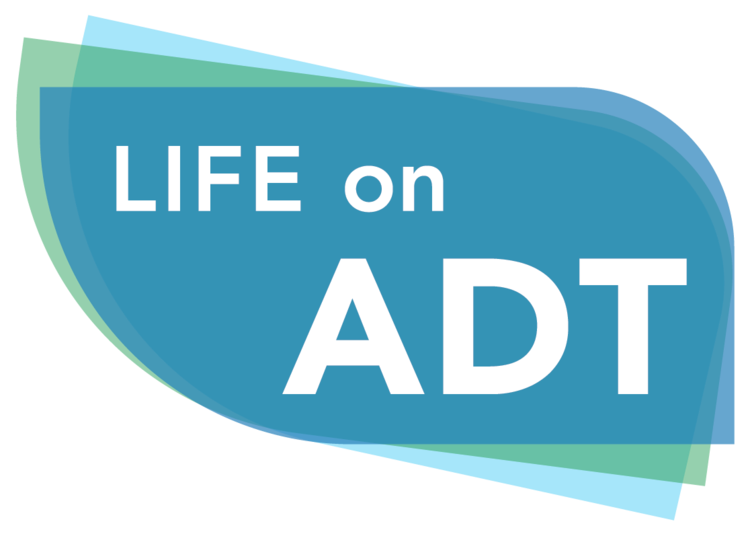Short-term androgen suppression and radiotherapy versus intermediate-term androgen suppression and radiotherapy, with or without zoledronic acid, in men with locally advanced prostate cancer (TROG 03.04 RADAR): an open-label, randomised, phase 3 factorial trial. By Denham et al. 2014
Key sentence from the paper: “Compared with [short term androgen suppression and radiotherapy (STAS)], [intermediate term androgen suppression and radiotherapy (ITAS)] plus zoledronic acid was more effective for treatment of prostate cancers with a Gleason score of 8-10, and ITAS alone was effective for tumours with a Gleason score of 7 or lower.”
For the full abstract, see: http://www.ncbi.nlm.nih.gov/pubmed/25130995
Commentary: This is a dense paper exploring the dose of ADT needed to improve the effectiveness of external beam radiotherapy for treating prostate cancer. The authors also examine whether taking a bone protective agent, specifically the intravenous bisphosphonate, zoledronic acid (Zometa), at the same time as ADT, helps in treating prostate cancer.
The study had four groups. There were short (6 mo.) and long term (18 mo.) ADT groups, with patients in each group getting Lupron. Half the patients of each group got Zometa and half did not. The researchers looked at both overall survivorship and prostate cancer specific survival 5 years after treatment.
The authors found that the patients’ risk level at the start of treatment, as assessed by their Gleason score, seemed to make a difference. For patients with a high Gleason score of 8 or above, being on ADT a bit longer and adding in Zometa seemed to help, but not so for those with a Gleason score of 7 or less.
Considering that all drugs have side effects, this is useful information to know when trying to develop personalized treatment plans for patients starting on radiotherapy. The paper is also helpful in identifying the effort required, both in terms of accruing patients and years of analysis, to demonstrate the benefit of prostate cancer drugs when they are tested in combination.
There are a large number of drugs now available for treating prostate cancer patients that have some benefit, but are not necessarily curative. We are going to see many more studies with two or three agents used in various combinations (or in various sequences) in coming years. The present study gives some indication that these studies are going to be challenging to execute, and will need to run for many years to get clean results.
Denham JW, Joseph D, Lamb DS, Spry NA, Duchesne G, Matthews J, Atkinson C, Tai KH, Christie D, Kenny L, Turner S, Gogna NK, Diamond T, Delahunt B, Oldmeadow C, Attia J, Steigler A. 2014. Short-term androgen suppression and radiotherapy versus intermediate-term androgen suppression and radiotherapy, with or without zoledronic acid, in men with locally advanced prostate cancer (TROG 03.04 RADAR): an open-label, randomised, phase 3 factorial trial. Lancet Oncology. 15(10):1076-1089.
